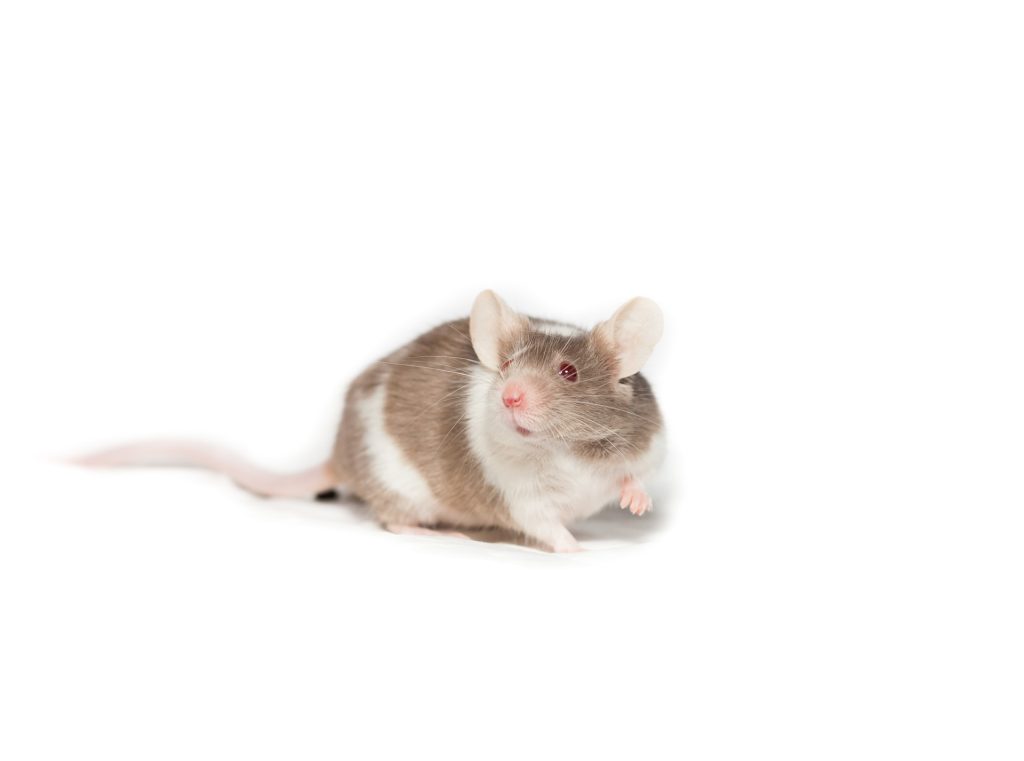
While the benefits of exercise in ageing have been well established, such as lowering risk of cardiovascular disease, a new study that used mice demonstrated that exercise in aged individuals could help muscles stay younger at an epigenetic level.
Despite generating a wealth of data, the study, which was published in Aging Cell, made use of a relatively straightforward experiment. Lab mice nearing the end of their natural lifespan, at 22 months, were allowed access to a weighted exercise wheel. Mice generally run voluntarily, without any coercion. Older mice will run anywhere from six to eight kilometres a day, mostly in spurts, while younger mice may run up to 10 to 12 kilometres. The weighted wheel ensured they built muscle. While there isn’t a direct analogue to most human exercise routines, first author Kevin Murach, assistant professor at the University of Arkansas, likened it to “a soldier carrying a heavy backpack many miles.”
When the mice were examined after two months of progressive weighted wheel running, it was determined that they were the epigenetic age of mice eight weeks younger than sedentary mice of the same age – 24 months. Murach noted that while the specific strain of mice and their housing conditions can impact lifespans, “historically, they start dropping off after 24 months at a significant rate.” Needless to say, when your lifespan is measured in months, an extra eight weeks – roughly 10 percent of that lifespan – is a noteworthy gain.
The science behind this hinges largely on DNA methylation, where methyl groups attach to DNA, altering their function. As the body ages, there tends to be increased DNA methylation, or even hypermethylation, at promoter sites on genes in muscle. “DNA methylation changes in a lifespan tend to happen in a somewhat systematic fashion,” Murach explained, “to the point you can look at someone’s DNA from a given tissue sample and with a fair degree of accuracy predict their chronological age.” Due to this, researchers can use one of a number of “methylation clocks” to determine the age of a DNA sample.
While the paper strengthens the case for exercise, much work remains to be done. Though there is a clear connection between methylation and ageing, the relationship between methylation and muscle function is less clear. Murach is not yet prepared to say that the reversal of methylation with exercise causes improved muscle health. “That’s not what the study was set up to do,” he explained. However, he intends to pursue future studies to determine if “changes in methylation result in altered muscle function.”
Source: University of Arkansas

